Conclusion
Pros
- Ruggedly built weathersealed body
- Excellent ergonomics, with a comfortable grip and a host of controls that are easy to access
- Customizability throughout the interface allows you to shoot how you want to shoot
- Electronic Viewfinder is best-in-class, affording a huge view, plenty of detail, good dynamic range and great refresh rates
- Image quality is excellent, with wide dynamic range, good noise control and very nice color
- Extremely fast and accurate autofocus which is near instant in single shot mode
- Continuous autofocus is actually usable for subject tracking, a first in the Micro 4/3 system
- In-Body IS allows for handholding at shutter speeds 3 to 4 stops slower than usual with all lenses
- Excellent WiFi implementation allowing for full camera control and image transfer
- Excellent features like Live Bulb and a good built-in intervalometer make shooting in many varied situations easy
- Good video quality and excellent stabilization during video
- Extremely responsive with short shutter lag and very quick write times and a large buffer
- Capable of 10 frames per second continuous shooting (6 with continuous AF)
- Great rear LCD with responsive touch controls
- High quality JPEGs and a very well implemented in-camera RAW converter
Cons
- In-body IS is still susceptible to shutter shock in certain situations
- Continuous AF still not quite up to high-end DSLR standards
- Focus peaking is poorly implemented
- Menu system is still confusing
- At $1399, rather expensive for a Micro 4/3 body
That’s a pretty skewed pros and cons list above, and for good reason. Olympus may not have made the prettiest camera with the E-M1, but they’ve made one heck of an imaging machine. The E-M1 has everything. An extremely ergonomic and well-built body with a huge variety of programmable controls that are placed in easy to access and thoughtful locations, very good image quality, in-body image stabilization, extremely fast autofocus, WiFi and a host of great features that make shooting easier.
Olympus has clearly targeted the professional and serious amateur with this camera and have priced it accordingly. It’s a lot of money for a mirrorless camera, but given all the features, the extremely tough body with pro-grade weathersealing, the supreme responsiveness, outstanding viewfinder, super deep buffer and excellent autofocus, it’s worth the price. While many shooters won’t need the extras that the E-M1 offers over something like the E-M5 or the Panasonic GX1, I feel confident in saying that the Olympus OM-D E-M1 is the most complete mirrorless camera on the market. It may not have the best image quality among all its competitors with APS-C and Full Frame sensors, but there is nothing else out there that has this combination of features, ergonomics, quality and responsiveness. While the GH3 may have a leg up on the video side, for still images the E-M1 is easily the best Micro 4/3 camera ever made.
Image Samples
Click on an image to enlarge.



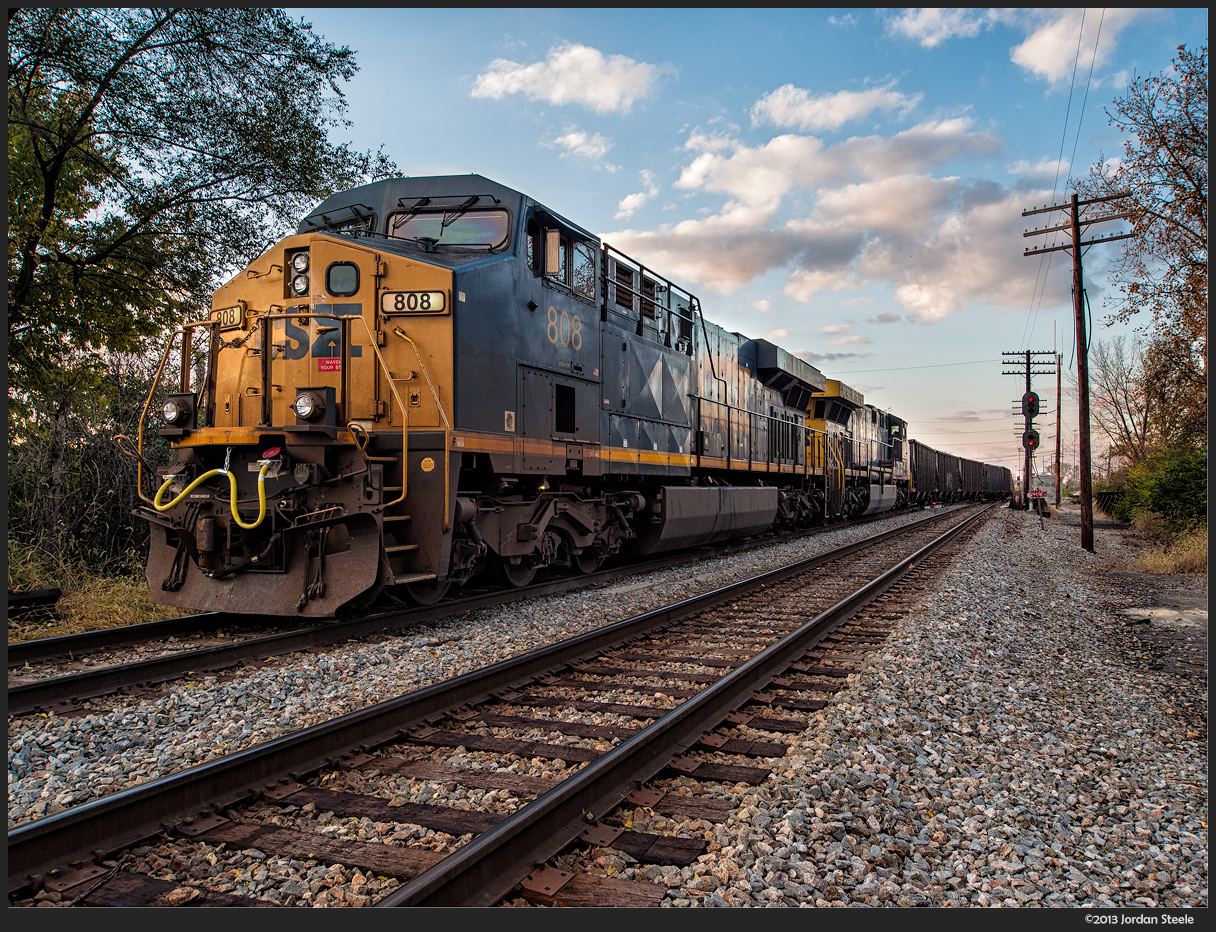
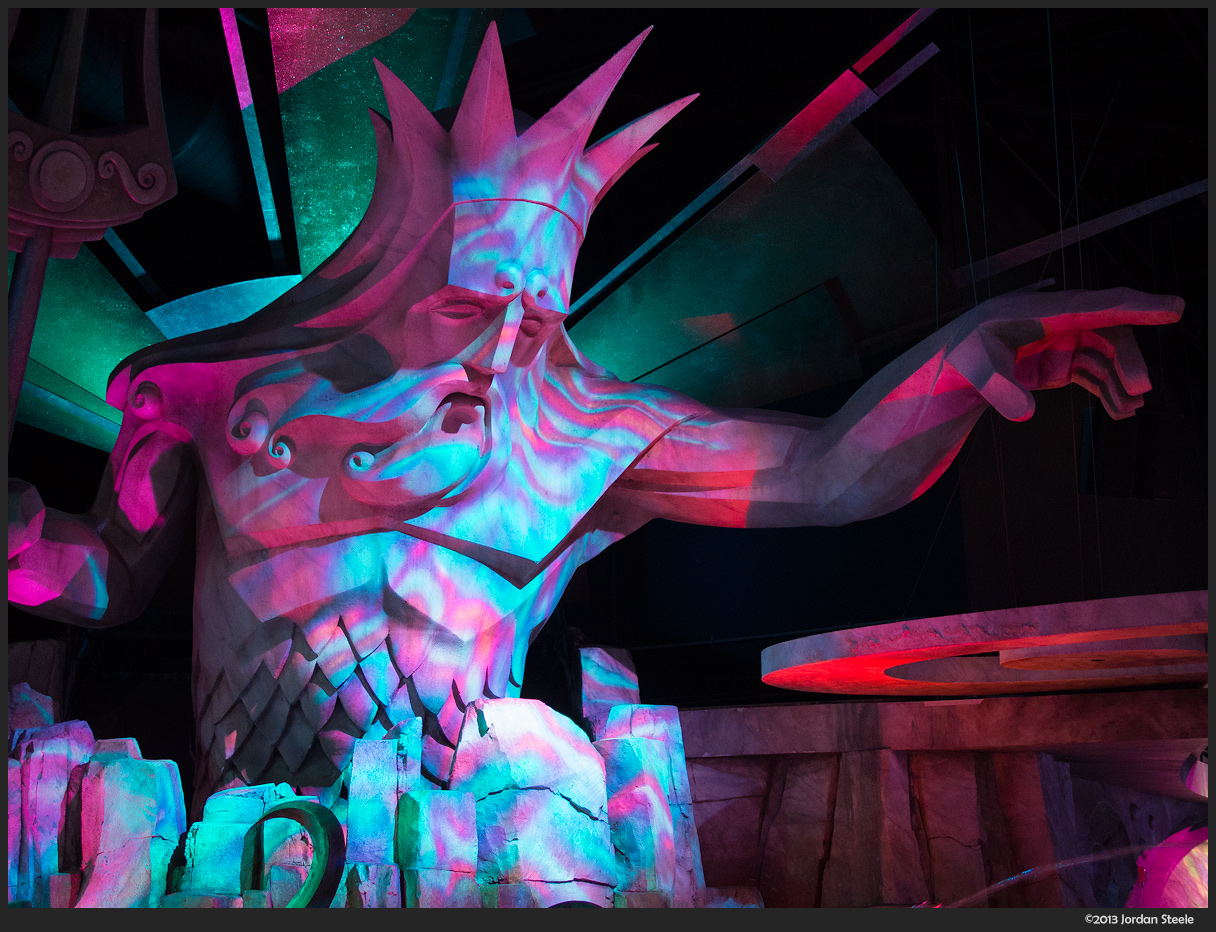


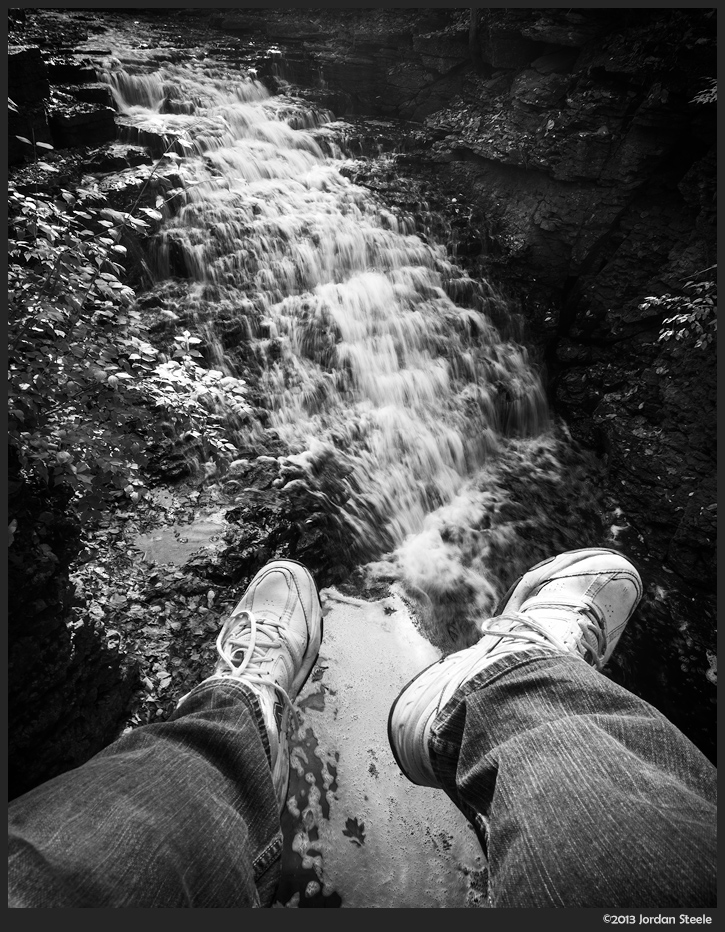



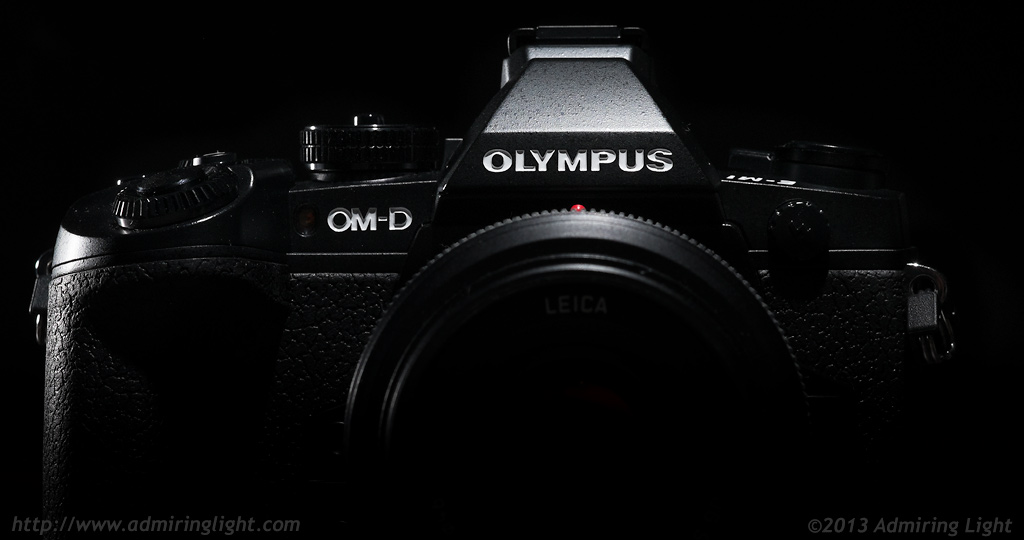



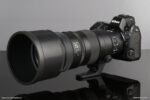
Leave a Reply